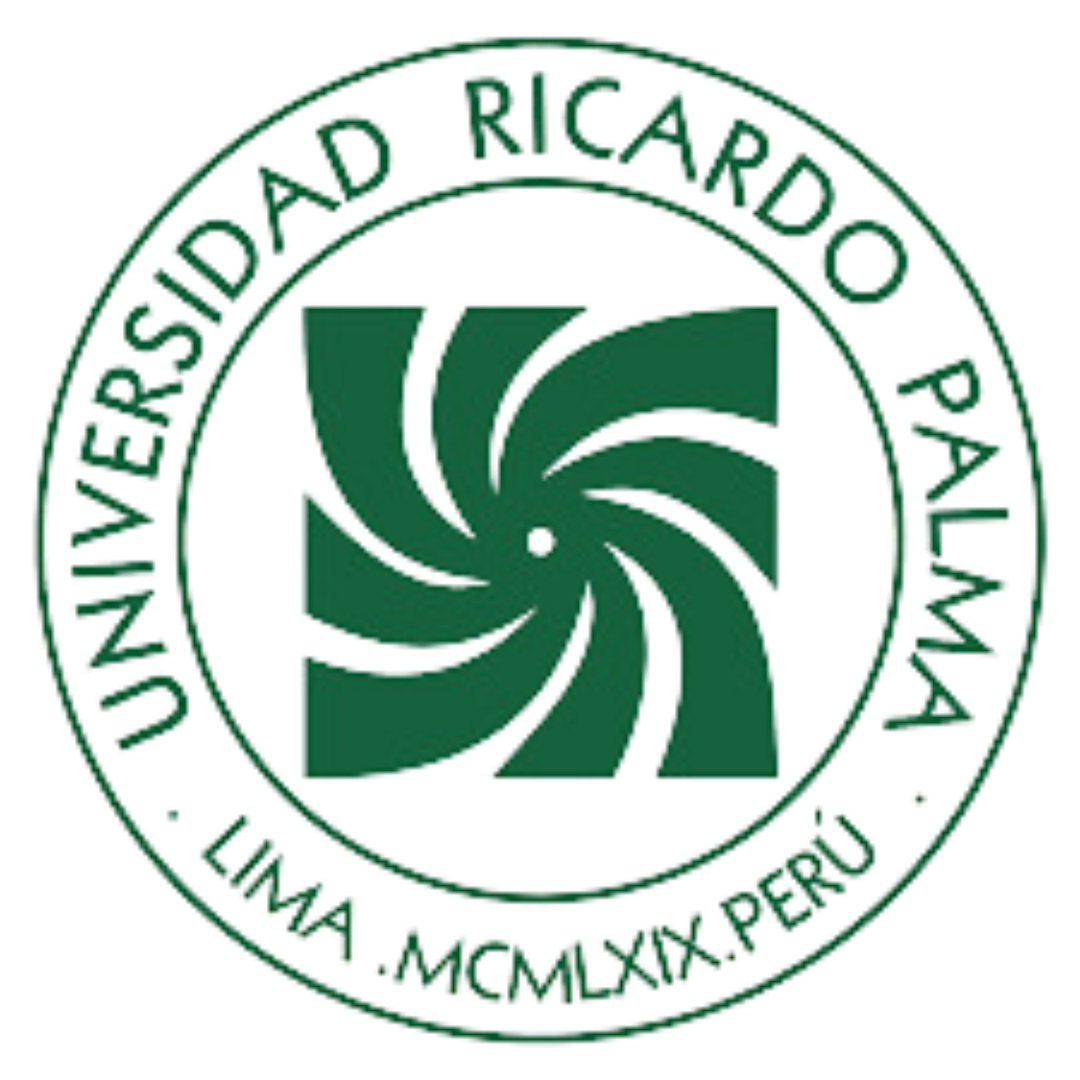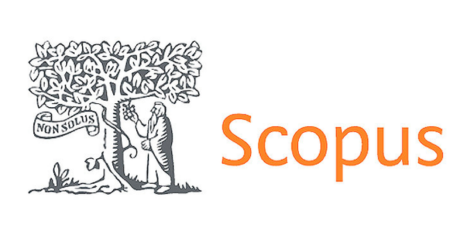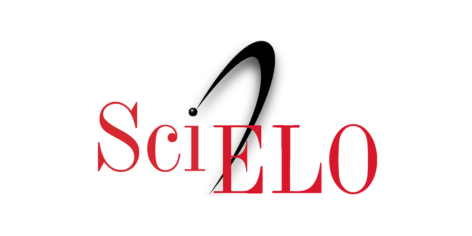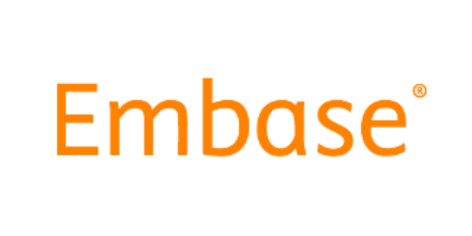INTRODUCTION
Breast cancer is considered a process by which healthy cells of the mammary gland degenerate and become malignant. These cells proliferate to form tumors that can metastasize and cause significant damage to the body
1
.
As demonstrated by incidence and mortality rates, cancer is a public health problem. According to the cancer situational room of the Ministry of Health (MINSA), in 2020, there were 19 million new cases of cancer worldwide, 10 million deaths due to this disease, and 50.6 million people diagnosed with cancer. In the Americas, cancer is the second leading cause of death. By 2023, it is estimated that cancer incidence will increase by one-third, reaching 5 million affected individuals each year. Breast cancer is the most frequent neoplasm after cervical cancer, predominantly affecting women. According to a MINSA report from 2021, this neoplasm in Peru has an annual incidence of approximately 28 cases per 100,000 inhabitants, with high diagnostic rates in the regions of Callao, Lima, Tumbes, Piura, Lambayeque, and La Libertad
4
. Thus, our region is a high-risk area for this pathology.
There are both intrinsic and extrinsic factors in each patient that could modify the risk of developing breast cancer, either increasing or decreasing the risk. This review article aims to focus on those factors to reduce the incidence of this neoplasm, such as breastfeeding and a healthy lifestyle with an adequate BMI, which have been less studied in their association with cancer. Therefore, the purpose of this research is to highlight daily habits or practices that protect against or reduce the risk of developing malignant breast neoplasms and, at the same time, to identify modifiable risk practices that could prevent, to a small or large extent, the development of this disease.
METHODOLOGY
A bibliographic review was conducted using the keywords: breastfeeding, healthy lifestyle, protective factors, and breast cancer, along with their synonyms, in databases such as PubMed, Scielo, Science Direct, and MEDLINE. To select the articles, inclusion criteria were established, prioritizing original observational articles, systematic reviews, and meta-analyses focused on evaluating breastfeeding as a protective factor for women against developing breast cancer, as well as a healthy lifestyle in contrast to sedentary women or those suffering from obesity, whose risk for developing cancer has been documented as higher. The articles were available in full text. Articles published between 2018 and 2023 were included and articles focusing on breast cancer recurrence were excluded. The effect measures are expressed in their original forms, such as percentages, frequencies, confidence intervals, relative risk, or odds ratio.
RESULTS AND DISCUSSION
As cancer has become one of the leading causes of death among all disease groups in Peru
5
, it has a strong economic impact and reduces survival due to late diagnosis. The significant growth in the incidence of this malignant neoplasm is truly concerning. In 2018, a total of 6,985 breast cancer cases were reported annually, and it is estimated that by 2040, the total number of cases per year will reach 11,473
1
. Therefore, it is of utmost importance to understand the degree of association certain factors have with the development of the disease.
The role of breastfeeding in the development of breast cancer
According to the World Cancer Research Fund, there is solid evidence that breastfeeding significantly reduces the lifetime risk of developing breast cancer, and this benefit increases with the duration of breastfeeding, with a reduction of up to 50%
6
.
Breast milk, which meets the nutritional needs of babies, is produced by the mammary gland and is rich in lipids, proteins, carbohydrates, vitamins, and immunoglobulins. It is considered the nutrient of choice from the first day of life until at least six months. Several sources support the theory that the protective mechanism of breastfeeding lies in the inhibition of menstrual cycles, which reduces exposure to endogenous estrogens, known to promote the progression of certain types of breast cancer
7
.
In 2022, a cohort study by Guerra A on the impact of reduced breastfeeding and parity on breast cancer cases aimed to determine whether current breastfeeding practices and other hormonal factors favor the development of breast cancer in patients from northeastern Mexico. It concluded that breastfeeding for more than 12 months and a BMI of less than or equal to 29 kg/m² are associated with factors that reduce the risk of breast cancer. In contrast, the use of oral contraceptives and a BMI greater than 30 kg/m 2 are associated with an increased risk of developing breast cancer, increasing the risk two and four times, respectively
8
.
Referring exclusively to breastfeeding, a review conducted in 2019 at the Universidad Estatal De Milagro aimed to identify the benefits of breastfeeding. It reported reduced pregnancy weight gain and a lower risk of breast cancer as significant benefits for breastfeeding mothers. The review also explored factors related to the cessation of breastfeeding by mothers, highlighting maladaptive beliefs, such as the perception of low milk production due to breast size, and misinformation
9
. This may reflect a culture of misinformation among the population and poor guidance from healthcare personnel.
The systematic review by Minchala et al. established the maternal benefits of breastfeeding, which are visible almost immediately after childbirth, as this practice reduces the risk of bleeding, anemia, promotes uterine contractions to restore uterine size, and also contributes to postpartum weight loss. In the long term, it also has the benefit of reducing the risk of diseases such as hypertension, ovarian and breast neoplasms, diabetes mellitus, and cardiocirculatory diseases, with one of the reasons being the activation of leptin signaling pathways
10
, a hormone mainly produced in adipose tissue. Breastfeeding exerts a protective effect against breast cancer by preventing the accumulation of leptin, which at high levels from excess fat reserves promotes this type of cancer
11
.
Abraham, in a narrative review, notes that the results consistently show a reduced risk of breast cancer associated with breastfeeding, especially for 12 months or more
12
. The longer a woman breastfeeds over her lifetime, the greater the reduction in breast cancer risk. Breastfeeding also seems to have a greater impact on reducing breast cancer risk in premenopausal women and specific breast cancer subtypes, including BRCA-1, HER2+
13
and breast cancers with negative receptors. Encouraging breastfeeding benefits babies while reducing long-term breast cancer risk in mothers.
Bolthou reports a retrospective case-control study with 391 women, including 238 women with breast cancer and 153 without breast cancer, enrolled in two breast clinics in Greece and examined clinically and by breast ultrasound; women over 40 years old also underwent bilateral digital mammography. A statistically significant inverse correlation between breast cancer and breastfeeding for ≥12 months was found (p = 0.001); the percentages of patients who breastfed ≥12 months were lower than those of healthy women. Breastfeeding, particularly for a cumulative period of ≥12 months, is associated with maximum protection against breast cancer
14
.
This strengthens the WHO's recommendation: Offering exclusive breastfeeding for the first six months of life, followed by introducing complementary foods rich in vitamins and minerals, while maintaining breastfeeding until the child is 24 months or older, provides significant benefits by reducing the risk of breast cancer by 26%
15
.
Lifestyle and breast cancer
Being one of the pillars of lifestyle, nutrition—specifically in relation to ultra-processed foods—remains under investigation for its association with breast cancer. However, some scientific studies have suggested that a diet rich in fruits, vegetables, and dairy products, but limited in red and processed meats, could contribute to a reduced risk of breast cancer
16
. Additionally, certain dietary patterns include foods that may help slow the progression of breast cancer, such as a diet rich in cooked vegetables, legumes, and sweet potatoes, or the highly acclaimed Mediterranean diet, which strongly promotes the consumption of fresh fruits, vegetables, and healthy oils
17
. Regarding the Mediterranean diet, members of the Breast Cancer Research Group in Spain have found that this dietary pattern may reduce the risk of breast cancer by 30%
18, 16
. Moreover, the Mediterranean diet not only promotes healthy eating habits but is also linked to regular physical activity. The persistence of these practices over time produces a protective effect, which is attributed to the presence of numerous antioxidant and anti-inflammatory compounds found in the foods commonly consumed in this diet
19
.
Ocolotobiche, in a cross-sectional descriptive study based on a semi-structured survey and anthropometry of 110 breast cancer patients in La Plata, Argentina, found an association with obesity, which was attributed to insufficient physical activity and poor nutrition. The prevalent dietary pattern included excessive consumption of red meat and chicken, refined cereals, and sugars, while being deficient in fish and phytonutrients
20
.
The terms overweight and obesity refer to the unusual or excessive accumulation of adipose tissue, which can have harmful effects on health. The excessive amount of body fat is assessed through the Body Mass Index (BMI), which is determined by the relationship between weight and height. In fact, the WHO considers an elevated BMI an important risk factor for non-communicable diseases, such as breast cancer
21
.
In a case-control study conducted by Cardona M et al., 400 women aged 20 to 65 years who were treated at a hospital in Mérida, Mexico, were observed. The study found that 92% of women with malignant breast neoplasms, 65% of women with benign neoplasms, and 59% of women without any breast pathology were overweight. Excess weight, interpreted as a BMI >25, was associated with malignant tumors, OR 6 (95% CI 2.57-12.4, p<0.001)
22
. It was concluded that overweight is linked to a higher risk of developing breast tumors, particularly malignant ones. Therefore, strict weight control in women with other predisposing factors for breast cancer may play an inhibitory role in the progression of cancerous cells in the breast. This is consistent with a case-control study conducted by Queiroz S et al., in 2018, in women from northern Brazil, who analyzed the association between breast cancer diagnosis and nutritional factors. They found that women with higher overweight or obesity, a waist circumference of >88 cm, and a high intake of highly processed foods had a threefold higher risk of developing breast cancer
23
.
The possible relationship between obesity and breast cancer depends on metabolic interactions between estrogen, insulin, and the endocrine activity of adipocytes. Obese patients are three times more likely to develop cancer compared to women of normal weight; additionally, they tend to have non-palpable tumors, leading to late diagnosis and treatment. Obesity is a modifiable risk factor for breast cancer. Limiting the frequency of overweight and obesity in women could reduce the morbidity and mortality rates of this condition
24
. Moreover, obesity increases mortality in breast cancer patients: HR 1.26; 95% CI, 1.2-1.33; P < 0.001
25
.
In an observational case-control study conducted during 2019-2020 at the Hospital Nacional Sergio Bernales, which included 198 postmenopausal women, 67 of whom were diagnosed with breast cancer, smoking was found to be one of the main risks with an OR=2.14, 95% CI: 1.48-3.09, P<0.001
26
. This is consistent with the position of the American Cancer Society (ACS), which indicates that tobacco smoking increases the risk of breast cancer by one-third, and quitting smoking reduces this risk over time
27
.
On the other hand, regarding alcohol consumption and breast cancer, there is a direct relationship between the two
28
. Hernández M, in a meta-analysis of 53 epidemiological studies, covered a total of 58,000 female breast cancer patients, where it was established that consuming more than 45 grams of alcohol per day (equivalent to approximately three drinks) led to a 1.5-fold higher risk of developing breast cancer
23
. Experts at the National Cancer Institute argue that ethanol increases the amount of estrogen in the body and raises the risk of breast cancer
29
. The American Cancer Society (ACS) recommends not exceeding the consumption of one alcoholic drink per day: One drink equals 355 ml of beer or 150 ml of wine
30
. Based on this, the complete cessation of these practices is strongly supported to reduce the risk of developing this disease.
The importance of staying active
To conclude, it is important to analyze the role of physical activity. Many studies have established moderate to vigorous physical activity as a factor in reducing the risk of breast cancer. Therefore, it is essential to engage in regular physical activity. The Pan American Health Organization (PAHO) recommends 150 minutes of active walking per week, although the longer the time, the more protective it will be
31
.
Although few recent studies relating this practice to the protective role against breast cancer have been found in the databases consulted for this article, there is strong scientific support dating back years that suggests it is possible to achieve a 33% reduction, on average, in the risk of developing breast cancer among women who exercise regularly compared to those who are less active
32
. Picon et al. conducted a study that found exercise alone or in combination with weight loss reduces the inflammatory microenvironment, thereby improving anti-cancer immunity, lowering estrogen levels, and being associated with a lower risk of breast cancer
33
. Thus, physical activity has proven to be an effective measure for preventing this disease, and individuals diagnosed with breast cancer also benefit from an improved life expectancy
34, 35, 36
.
Future perspectives
It is important to promote the creation of public policies to highlight the importance of breastfeeding, as well as to take measures by healthcare personnel—doctors, nurses, and nutritionists—to improve women’s relationships with the breastfeeding process, especially in the early period, to avoid the abandonment of this practice, which is so important for both mother and child. Greater emphasis should be placed on providing and disseminating current information that supports the many benefits of this practice, always based on reliable scientific sources.
Today, the transformation in lifestyle, such as decreased physical activity, is creating a less healthy global population and, consequently, a greater susceptibility to diseases like cancer. Between 30% and 50% of cancer cases can be prevented by reducing the presence of known dangerous habits, such as sedentarism, alcohol, and tobacco.
Conclusión
Breastfeeding a newborn within the first hour of life and for at least the next six months ensures significant protection for the mother against breast cancer and other diseases. Additionally, maintaining control over weight and/or abdominal circumference, limiting alcohol consumption, and avoiding any association with tobacco are crucial. Regular exercise, comparable to active walking for at least 150 minutes per week, ensures the prevention of this pathology, as does consuming a healthy diet rich in vegetables, fruits, and legumes, or opting for a well-balanced diet such as the Mediterranean diet.





